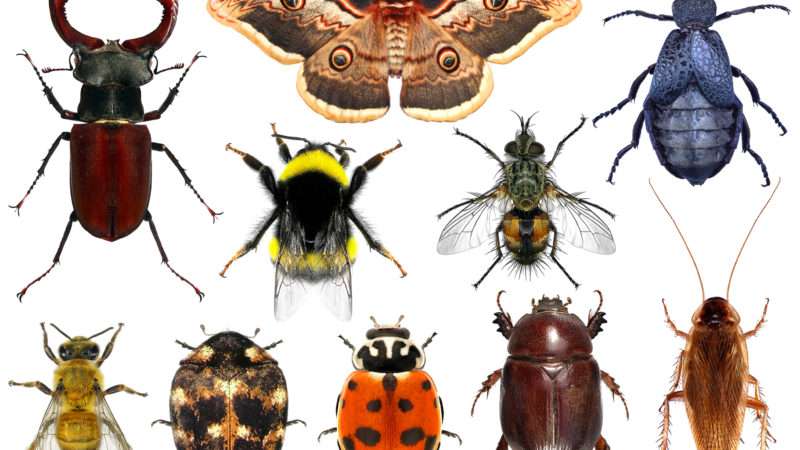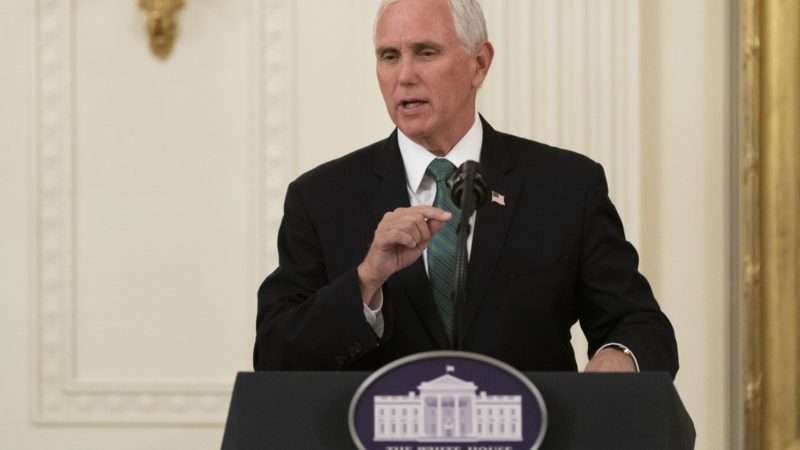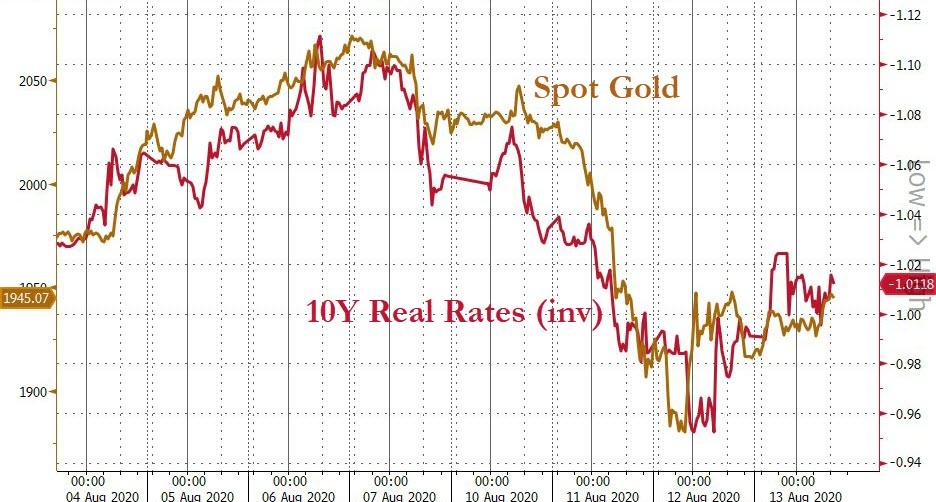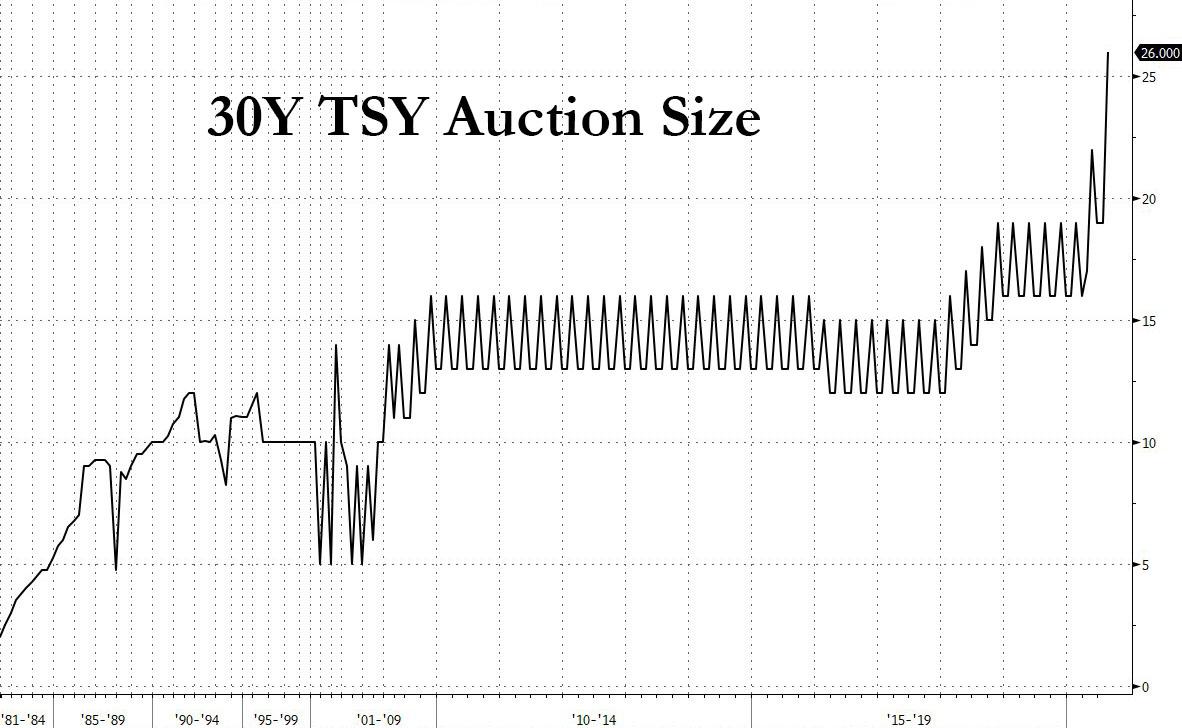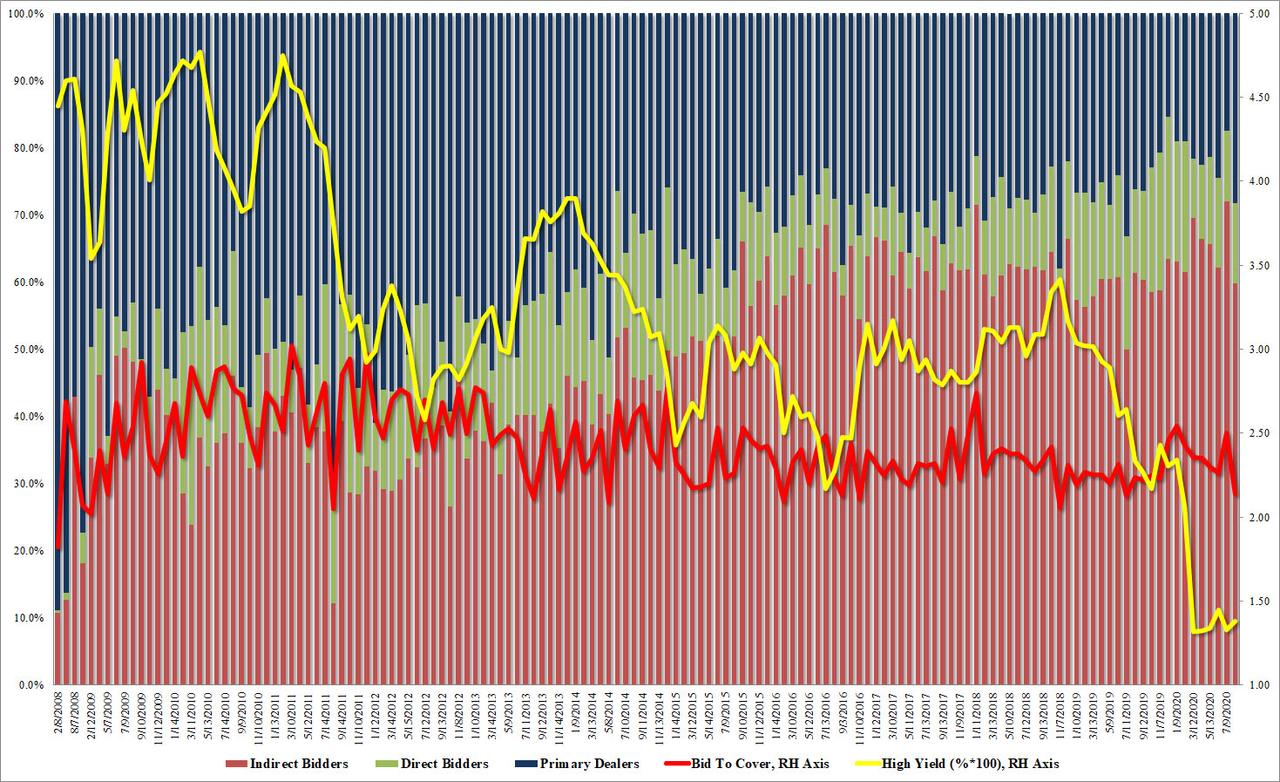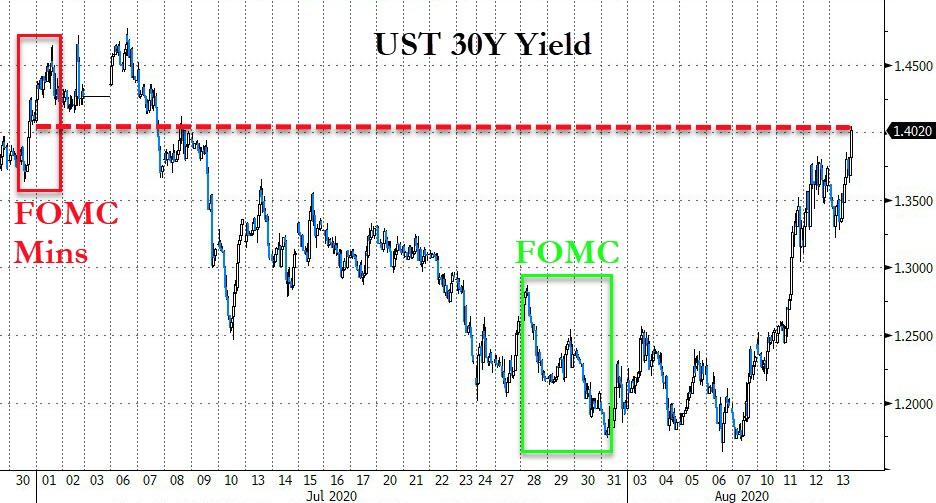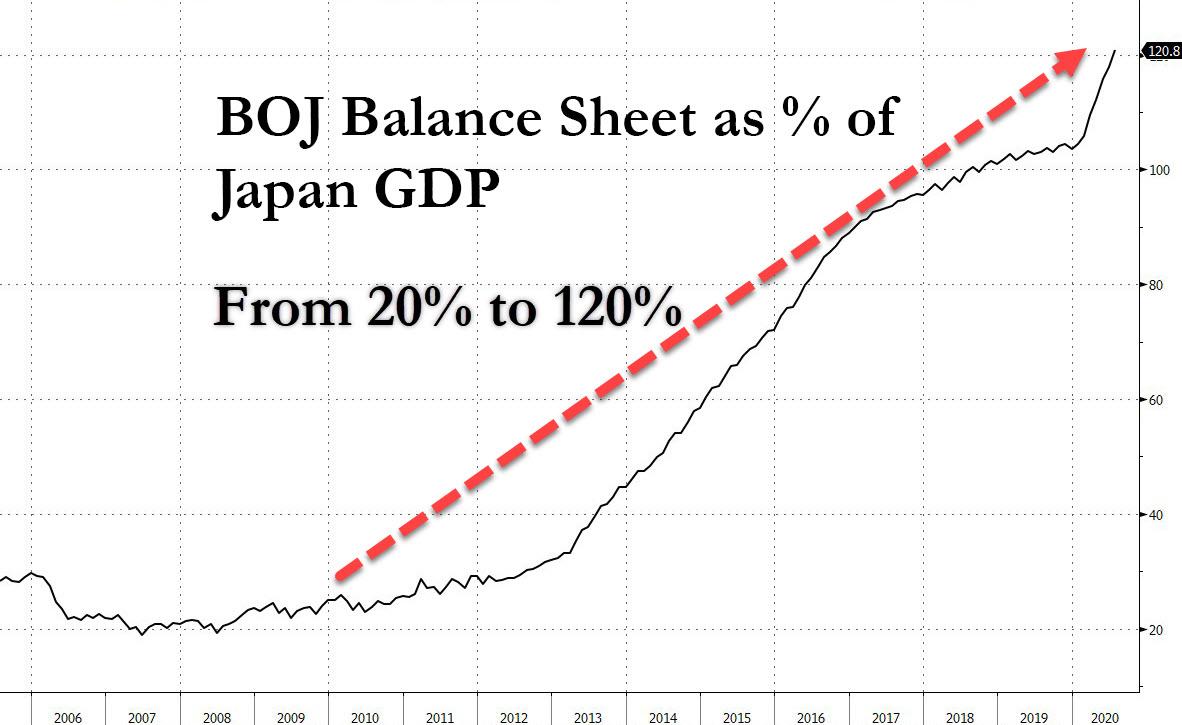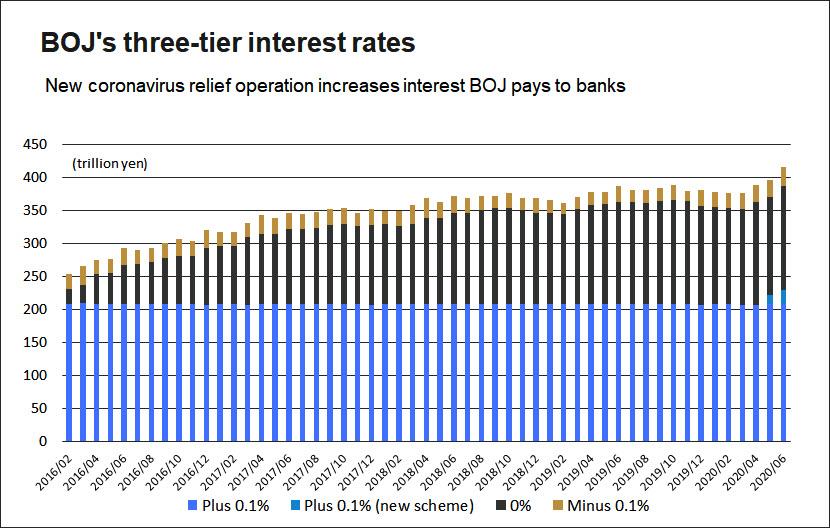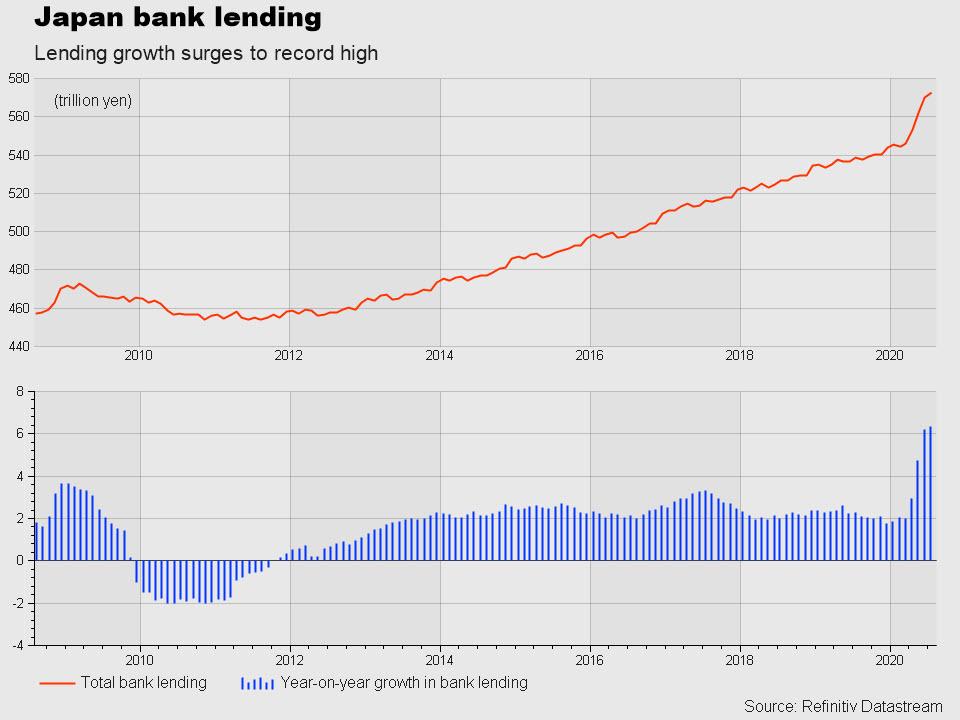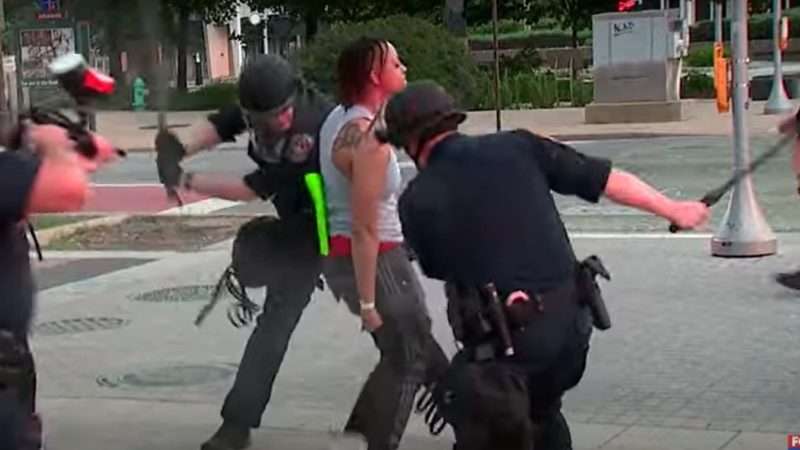
Most Americans do not trust cops much, according to new poll results that put public confidence in the police at a record low level. From 2019 to 2020, Gallup reports, “confidence in the police fell five points to 48%, marking the first time in the 27-year trend that this reading is below the majority level.”
Since Gallup began asking the question in 1993, the share of American adults who said they had “a great deal” or “a lot” of confidence in the police has ranged from 52 percent to 64 percent. In the latest poll, which was conducted in late June and early July, that number fell to 48 percent. Meanwhile, 33 percent of respondents said they had “some” confidence in the police, while 17 percent said “very little” and 2 percent said “none.”
The decline in confidence, which follows nationwide protests triggered by George Floyd’s death at the hands of Minneapolis police on May 25, is especially striking when compared to the trends for other institutions. From 2019 to 2020, confidence in the medical system and the public schools rose by 15 and 12 points, respectively. Confidence in small businesses and organized religion also rose substantially (by seven and six points, respectively), and even Congress rated slightly better this year than last (rising from 11 percent to 13 percent confidence).
As in prior years, there are stark partisan and racial gaps in attitudes toward the police. “Confidence in the police rose seven points among Republicans to 82% and dropped six points among Democrats to 28%,” Gallup notes. And while 56 percent of white adults had “a great deal” or “a lot” of confidence in police, only 19 percent of black adults did.
The latter result may seem surprising in light of another Gallup finding: More than four-fifths of black respondents said they did not want police to spend less time in their neighborhoods. Sixty-one percent said the current police presence should be maintained, while 20 percent said it should be increased. As my colleague Nick Gillespie suggests, those findings cast doubt on the popularity of calls to “defund” or abolish police departments. But there is nothing inconsistent in wanting police to do their jobs without abusing the citizens they are supposed to serve.
Among adults generally, confidence in the police stood at 52 percent in 1993 and peaked at 64 percent in 2004. There is little reason to think police abuse has gotten worse since then, but publicity about it certainly has increased. The ubiquity of cameras in the pockets of cellphone owners, on storefronts, on the dashboards of squad cars, and on the bodies of police officers has a lot to do with that. The public understanding of controversial police encounters, which once depended on conflicting accounts from cops and people who claimed to have been victimized by them (sometimes coupled with possibly unreliable bystander testimony), is nowadays routinely informed by compelling video footage.
Floyd’s death never would have gotten the attention it did without cellphone video that clearly showed Derek Chauvin kneeling on the neck of a handcuffed, prone arrestee whose resistance at the time was limited to complaining that he could not breathe and begging for his life. And in the aftermath of that horrifying incident, when police officers across the country seemed intent on validating public suspicion by using excessive force against peaceful demonstrators protesting such abuse, video evidence was again crucial in documenting their misconduct.
This week, for example, two Indianapolis officers were charged with assaulting two women at a protest on May 31. A protester alleged that the officers, Jonathan Horlock and Nathaniel Schauwecker, attacked her with batons and pepper balls without provocation. Her companion, a photographer, said one of the officers shoved her to the pavement when she objected to the protester’s treatment. While the officers claimed they used appropriate force while arresting the women for violating a local curfew, video of the incident told a different story. Now Horlock and Schauwecker both face battery charges, while Horlock is also charged with perjury and obstruction of justice because he lied about the encounter, falsely claiming that the protester had hit a police sergeant in the chest.
The response from the local police union was notably muted. “We look forward to a full, fair and public airing of all of the facts and circumstances surrounding the events in question,” the Indianapolis Fraternal Order of Police said yesterday. “While officers prefer to avoid any use of force, we fully recognize the requirement to safely and swiftly effectuate the lawful arrest of individuals when called upon to do so, especially during tense and rapidly evolving events. Therefore, we welcome a robust review of these allegations and have confidence in the process.”
The restrained tone of that statement contrasts sharply with the strident, diehard defenses that we frequently hear from police unions. That reflex, which elevates the personal interests of particular cops about the broader interests of the profession, is one of the things that will have to change if police want to rehabilitate their reputation and restore public confidence in their work.
from Latest – Reason.com https://ift.tt/30R1WBw
via IFTTT
